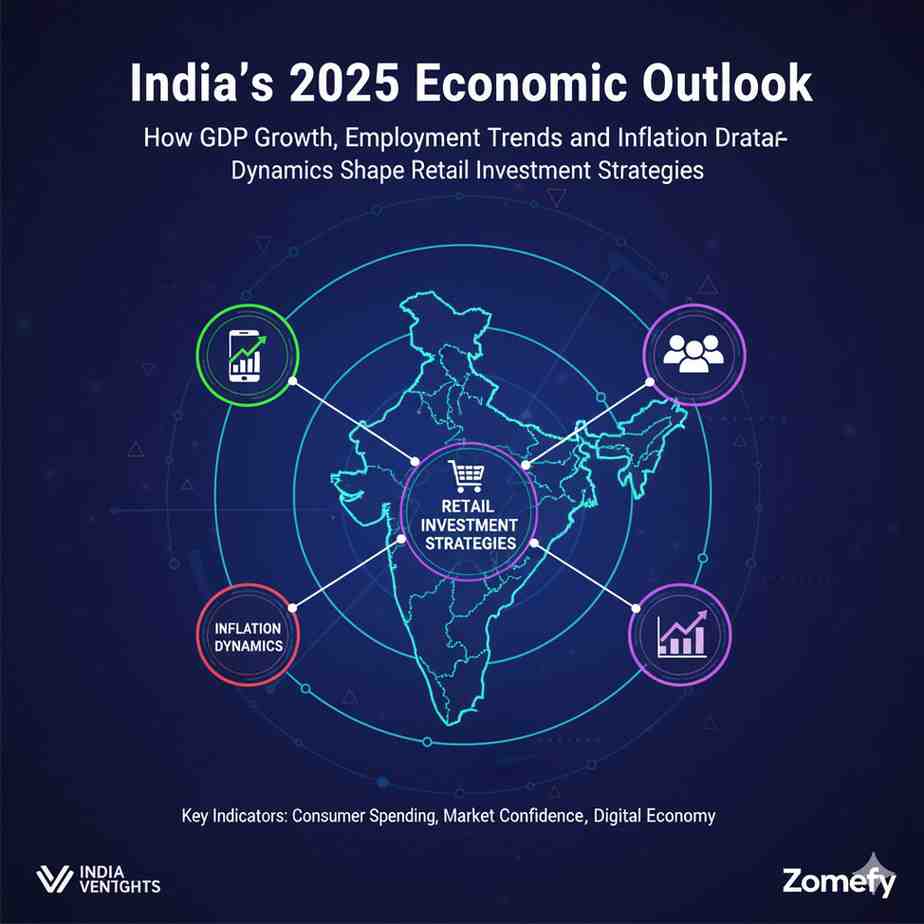Risk Management for Technical Traders: Position Sizing & Stop-Loss Strategies
Master risk management for technical traders with position sizing, stop-loss strategies, and portfolio heat management for Indian markets. Learn to protect capital while maximizing returns.
Risk Management for Technical Traders: Position Sizing & Stop-Loss Strategies
What You Can Do Next
- Read the full article for complete insights
- Save for later reference
- Share with others learning about this topic
Image not available
Risk management is the most critical aspect of successful trading, often determining the difference between profitable and losing traders. In Indian markets, where volatility can be high and market conditions change rapidly, proper risk management becomes even more crucial. This comprehensive guide covers position sizing methods, stop-loss strategies, portfolio heat management, and advanced risk management techniques specifically tailored for technical traders in NSE and BSE markets.
Fundamentals of Risk Management
Risk Assessment
Risk Tolerance
Position Sizing Methods
Fixed Amount Method
Percentage Method
Stop-Loss Strategies
Technical Stop Losses
ATR-Based Stop Losses
Portfolio Heat Management
Heat Calculation Methods
Heat Management Rules
Advanced Risk Management
Portfolio Optimization
Dynamic Hedging
Risk Management Tools
Risk Calculators
Portfolio Analytics
Psychological Aspects of Risk Management
Emotional Discipline
Common Mistakes
Conclusion
Continue Your Investment Journey
Discover more insights that match your interests

Indian Startup IPOs 2025: Decoding Valuation Trends, Grey Market Premiums, and Listing Performances for Unicorns
The Indian startup ecosystem has entered a transformative phase in 2025, marked by a surge in Initial Public Offerings (IPOs) from unicorns and high-growth companies.

India’s 2025 Economic Outlook: How GDP Growth, Employment Trends, and Inflation Dynamics Shape Retail Investment Strategies
India's economic trajectory heading into 2025 presents a compelling landscape for retail investors and financial professionals alike.

Bollinger Bands Trading Strategy: Squeeze Patterns & Volatility Analysis
Master Bollinger Bands trading with squeeze patterns, mean reversion, and breakout strategies for Indian markets.

India’s Emerging Real Estate Investment Trust (REIT) Market in 2025: Unlocking New Avenues for Retail Investors
India's Real Estate Investment Trust (REIT) market has emerged as one of the most dynamic segments of the Indian capital markets, representing a paradigm shift in how retail investors can access in...
Explore More Insights
Continue your financial education journey
